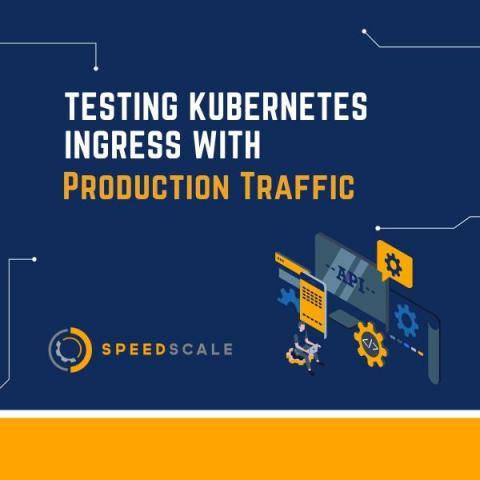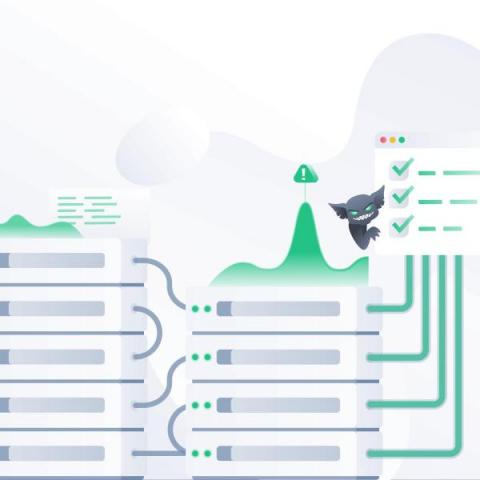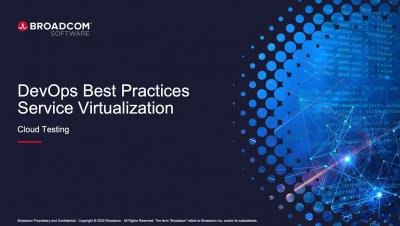Operations | Monitoring | ITSM | DevOps | Cloud
Testing
The latest News and Information on Software Testing and related technologies.
Testing Kubernetes Ingress with Production Traffic
Testing Kubernetes Ingress resources can be tricky, and can lead to frustration when bugs pop up in production that weren't caught during testing. This can happen for a variety of reasons, but with Ingress specifically, it often has to do with a misalignment between the data used in testing and the traffic generated in production. Tools like Postman can be a great way of generating traffic, but they have the drawback of being manually created. Not only is this unlikely to create all the needed variations for a single endpoint (different headers, different request bodies, etc.), it would be almost impossible to create all the needed variations, for all possible endpoints.
Watch: How to pair Grafana Faro and Grafana k6 for frontend observability
Grafana Faro and xk6-browser are both new tools within the Grafana Labs open source ecosystem, but the pairing is already showing a lot of potential in terms of frontend monitoring and performance testing. Faro, which was announced last November, includes a highly configurable SDK that instruments web apps to capture observability signals that can then be correlated with backend and infrastructure data.
How we reduced flaky tests using Grafana, Prometheus, Grafana Loki, and Drone CI
Flaky tests are a problem that are found in almost every codebase. By definition, a flaky test is a test that both succeeds and fails without any changes to the code. For example, a flaky test may pass when someone runs it locally, but then fails on continuous integration (CI). Another example is that a flaky test may pass on CI, but when someone pushes a commit that hasn’t touched anything related to the flaky test, the test then fails.
Two sides of the same coin: Uniting testing and monitoring with Synthetic Monitoring
Historically, software development and SRE have worked in silos with different cultural perspectives and priorities. The goal of DevOps is to establish common and complementary practices across software development and operations. Sadly, in some organizations true collaboration is rare and we still have a way to go to build effective DevOps partnerships.
Testing doesn't stop at staging
Imagine a perfect world where software releases ship bug-free. Developers write perfect code the first time, all tests pass without issues, operations teams effortlessly deploy builds to production, and customers never experience defects. Everyone's happy, and the Engineering team can focus exclusively on building and delivering features. Of course, we don't live in a perfect world.
Attach Screenshots to your Playwright Test Reports
The Benefits of Unit Testing and How to Run a Unit Test in Python
Unit testing is a software testing method in which individual units or components of a software application are tested in isolation from the rest of the system. The goal of unit testing is to validate that each unit of the software application is working as intended. In this article, we’ll cover the benefits of unit testing and demonstrate how to run a unit test in Python.











